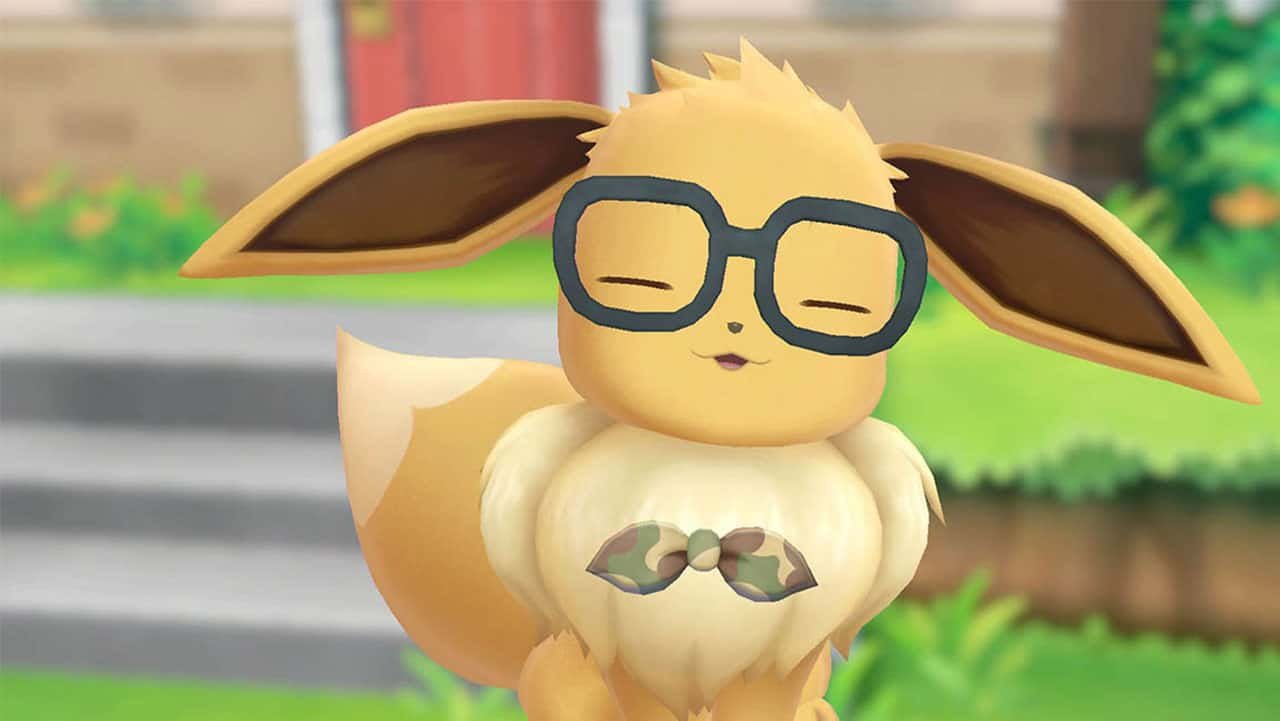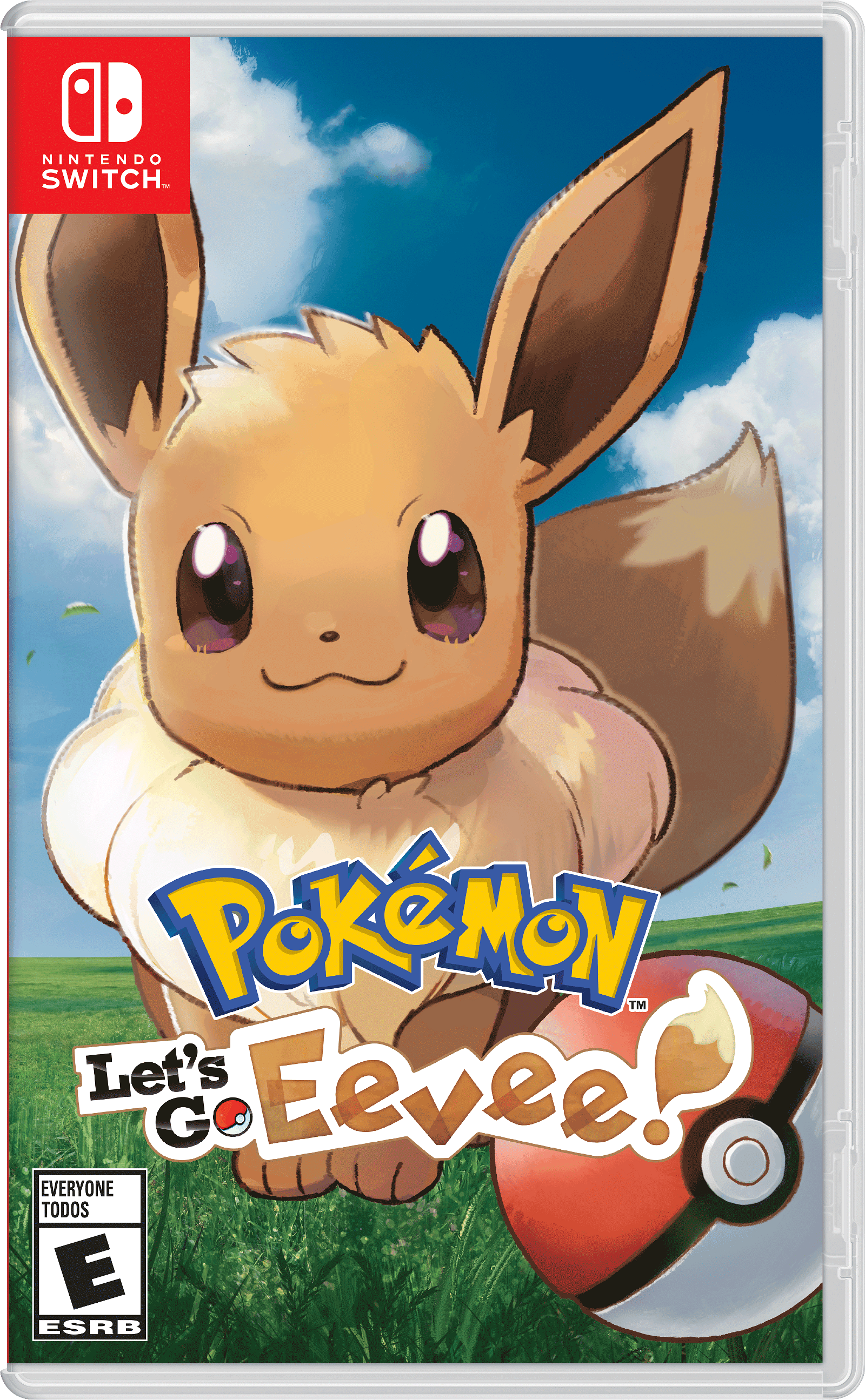Growing up, I wasn’t the biggest fan of turn-based RPGs, that is, until I got my hands on an original Gameboy Color, along with a copy of Pokémon Red and later, Pokémon Yellow. It should go without saying, I instantly fell in love with both the series and RPGs as a genre.
This is precisely why, when I went into Pokémon Let’s Go, Eevee. I had some reservations, especially considering the fact that the first two mainline entries into the series have been what made me fall in love with the franchise in the first place. I’m absolutely delighted to say that despite my initial doubt, airing on scepticism, Pokémon: Let’s Go, Eevee is a new breed of Pokémon games — Let’s Go takes the best parts of the mainline series and imbues it with intuitive elements from Niantic’s Pokémon Go mobile game.
In fact, Pokémon Go should be considered a test, a test that got both fans of the core games as well as the likes of more casual, or newcomers, accustomed to catching Pokémon in a new, more kinetic and involved nature.
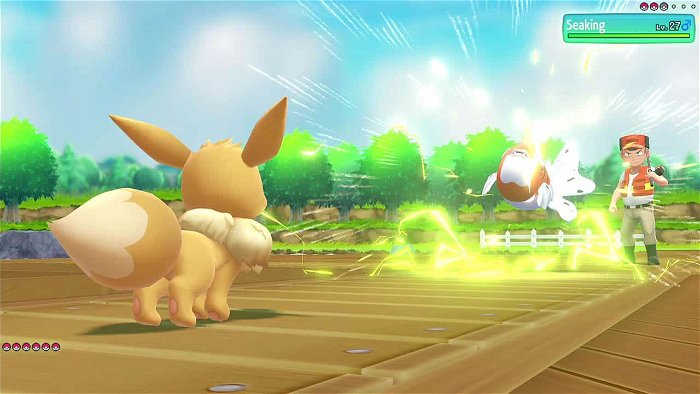
Pokémon Go introduced players to the concept of catching Pokémon prior to weakening them, a core pillar from both the anime and mainline series of games, a bold move that worked well enough in a mobile game context but the question of whether or not that would work in a more traditional game like Let’s Go remained to be seen.
Instead of random encounters in the tall grass, Let’s Go, like Niantic’s title and so many other modern Japanese RPGs, plops enemies, or in this case, Pokémon, all around the map, triggering catch encounters only if the player makes direct contact with said Pokémon. This concept like Go brings Kanto to life and gives every encounter, especially with new, rare Pokémon a tangible sense of discovery and excitement, helping immerse players into the game while being truer than ever to the original source material.
Even still, the first few hours into Pokémon Let’s Go, Eevee, although fun, made me wary that encounters with stronger Pokémon, such as the Legendary Birds and Snorlax, would come off feeling anemic in comparison to their original bouts — thankfully, Gamefreak thought of this and made certain encounters with special Pokémon, more traditional, in that, players must fight the Pokémon first before transitioning into the Go-inspired, catching phase.
This process of battling, the often-times, challenging Pokémon is a very welcome change that helps distinguish legendary or powerful Pokémon apart from traditional monsters encountered throughout Kanto. The catching process itself is very similar to Pokémon Go, however, with the included Pokéball Plus accessory, the game opens up a new dimension of tactility that helps further immerse the player into the action.
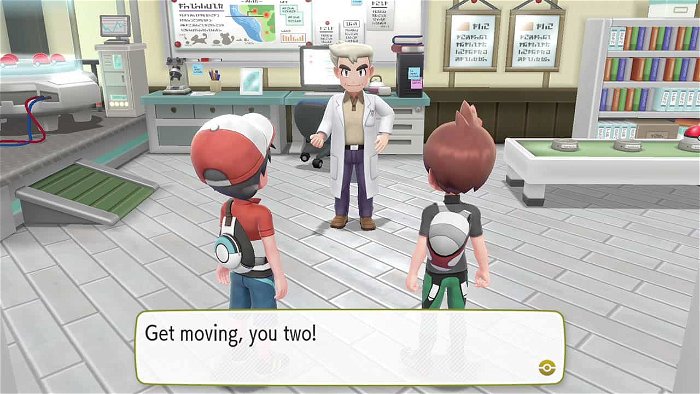
Just like in Pokémon Go, a shrinking-ring appears over the Pokémon, green and yellow rings indicate that the Pokémon will be relatively easy to catch, whereas orange and red targets will require a bit of extra effort — Lucikly, the Pokéball Plus accessory feels fantastic in the hand, with a nice rubberized matt texture, making it feel nice and grippy, ensuring you’ll never accidentally fling the ball across the room. Additionally, the Pokéball Plus also features a small ring and strap that players can wear, allowing them to actually “throw” the ball, which not helps with immersion but actually increases the chances of capturing the Pokémon, as the title accurately tracks the ball in 3D space.
If that wasn’t enough, the Pokéball Plus can also be used to play and control the entirety of the game, with the center of the Pokéball acting as a small clickable-control stick, similar to that of the GameCube’s C-stick and the top of the ball, a clickable membrane switch, which acts as the B button. Both the stick and the membrane buttons can be reassigned, but generally, all you’ll need is access to the A and B button functions. The only time I found the Pokéball Plus controller to fall short, is when it came to moving around Pokémon from my storage box to the main party, which requires the use of the Y button, forcing me to use an additional Joycon.
Speaking of storage, unlike the mainline Pokémon games, Let’s Go gets rid of the in-game PC, which traditionally has been used to store excess of six Pokémon. Having access to all your Pokémon at all times when outside of battle, may seem like it would make the game too difficult, however, I found it mostly just be a convenient merit, rather than it feeling like handholding or dumbing down. In other words, Pokémon Let’s Go is a flexible game, in that players are free to play the game in both a traditional style, reminiscent of the handheld games or as a more open-ended and co-op friendly game.
Co-op feels somewhat tacked-on, in that it only allows the second player to engage in battles or help ease catching some of the tougher, wild Pokémon. the second player cannot interact with anything in the game-world, outside of battle, sans for the ability to bump into wild Pokémon, slowing them down for the first player to engage with. co-op can be accessed at any time, even if already engaged in a battle against another NPC trainer or a wild Pokémon. the second player must simply shake their controller of choice and instantly be warped into battle or the over world.
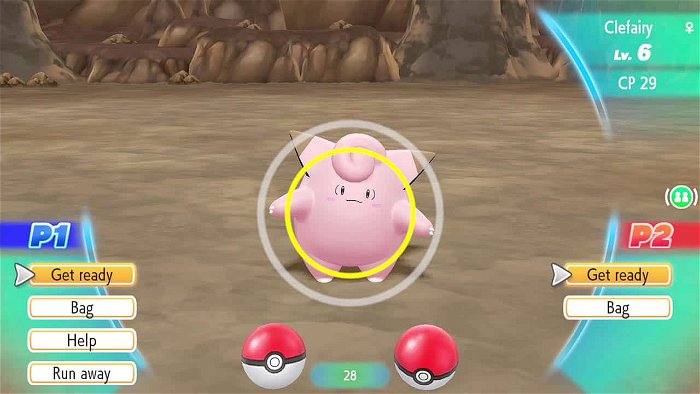
Again, this might make purists cringe, in that it makes Let’s Go feel much, much, easier than the other mainline games, however, all of this is completely optional, rather it’s just a nice feature for those who may want to play the game with friends and family. Graphically, Pokémon Let’s Go, Eevee, looks quite stunning, especially when played in handheld mode, with bright and colourful textures that really embody both the anime and the very ethos of the Kanto region (that being, all the major towns are named after colours or at the very least, referencing colour theory).
Hands down, my favourite aspect about Pokémon Let’s Go, Eevee would have to be its sound design. It was simply a joy to listen to some of the remixed and orchestrated arrangements recreated from the original Gameboy titles. Eevee itself also felt incredibly well-realized, with unique cries that helped Eevee standout from every other Pokémon (even Pikachu) in the game.
The core battle mechanics all feel just as they should, meaning fans of the mainline games will feel right at home. Both Eevee and Pikachu also have access to exclusive special moves that trigger in a similar fashion to that of Z moves from Sun and Moon, respectively. One particular change in terms of gameplay that I actually hope will become the standard, going forward, is that in Let’s Go, HM or Hidden Machine moves, which traditionally have been used to teach Pokémon special moves that help clear obstacles, are now exclusive to Eevee/Pikachu. In actuality, they’re not moves at all, instead, they are special skills reserved solely for the starring Pokémon that can be used at various junctions for traversal.
For instance, instead of surfing or learning the move Fly, Eevee or Pikachu will eventually receive a surfboard or some balloons, which grant the respective Pokémon that ability, while also acting as a very nice reference to Pokémon Yellow edition. Pokémon Yellow seems to be the mould in which Let’s Go has been crafted, as the story itself follows the same narrative of that game, including the inclusion of classic anime characters such as Jessie and James.

In terms of geographical layout, everything in the Kanto region is where you remember them to be, including most trainer battle locations — an interesting addition to this comes in the form of coach trainers. Coach trainers are special optional battles, in that they won’t engage the player simply by moving towards their line of sight. Choosing to fight these coach trainers always yield invaluable items, such as special candies that raise stats, specifically for Eevee/ Pikachu, so they definitely shouldn’t be missed.
One other area that has received a drastic overhaul is the Safari Zone in Fuchsia City, which in Let’s Go, has been replaced with something called the GO Park, which simply put, is a place in which players can connect to Pokémon Go, import Pokémon caught from the real world and get the opportunity to bring them into Let’s Go.
When it comes down to do it, I Pokémon Let’s Go, Eevee was a title I was quite honestly, afraid of reviewing, not because it posed any kind of challenge, rather I was worried that it would stray too far away from what makes the core experience of the Pokémon games just so engaging, yet after spending some 30+ hours with the game, I can happily say that Pokémon Let’s Go is a welcome addition to the ever-expanding universe of Pokémon.
